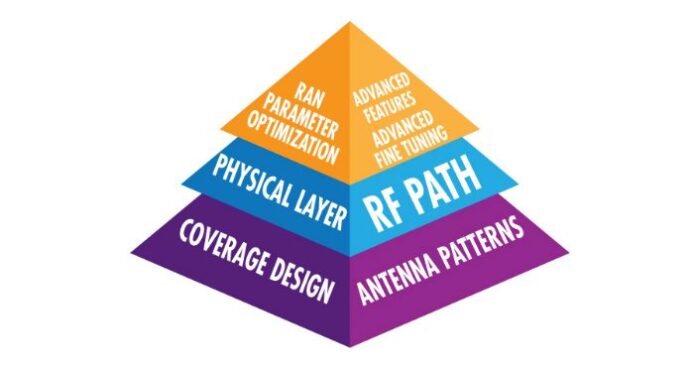LTE networks are like thoroughbred race horses compared to their workhorse 3G predecessors. LTE is much faster and more powerful, but easily spooked by noise and interference.
“LTE is very sensitive to interference because of higher orders of modulation,” explained CommScope’s Ray Butler, vice president of wireless network engineering. “The way we send bits over the air is more complicated now and more advanced and it’s more sensitive to both interference and noise.”
Butler is one of the authors of “Base Station Antenna Selection for LTE Networks”, a CommScope and Sprint co-authored white paper that explains the antenna selection process. Choosing the right vendor is just one part of the selection process. Before comparing vendor products, operators need to identify their antenna needs in terms of the number of arrays, frequency band, length, gain and horizontal half-power beamwidth.
“One of the main parameters with a base station antenna is its beamwidth,” said Butler. “That’s the angular range over which a half power relative to the main beam is being received.”
For example, an omnidirectional antenna radiates in all directions, or 360 degrees. Recently operators have been choosing narrower and narrower antennas in order to carve out smaller sectors of coverage. CommScope offers one antenna with a beamwidth of just 24 degrees.
Why would an operator want less instead of more? It gets back to controlling interference. The smaller the coverage sector, the less chance there is that the signal will radiate into neighboring sites and cause interference.
Once an operator has defined the major parameters for an LTE antenna choice, network planners will want to evaluate specific equipment. Most planners will choose remote electrical tilt (RET)-capable antennas so that network capacity can be redirected on the fly. In addition, it is important to be sure that the chosen solution has undergone interoperability testing with the operator’s radio platforms.
“We would expect an antenna to be dynamically tested,” said Butler. “That means the antenna itself should be vibrated or shaken during the test. It means the signals used to do the test are also moving. Through all those very harsh conditions the antenna should meet performance standards.”
LTE antennas should also support multiple-input-multiple-output (MIMO). MIMO allows for more efficient use of the radio spectrum. Data streams travel over the same frequency at the same time, but they take different geographic paths. When these separate streams serve separate users, MIMO is called MU-MIMO, or multi-user MIMO. Support for MIMO needs to be coupled with excellent interference control for optimum performance.
“We find that MIMO does not work well unless there is very good interference control in the network,” said Butler. Operators need to choose antennas that are designed, tested and installed according to the most rigorous standards. A poor choice could undermine the carrier’s investment in its other network assets.
“You wouldn’t spend thousands of dollars on a high-end stereo system and then go buy some two or three dollar cheap speakers that could just never convey the richness of the sound that you just paid for,” said Butler. “Antennas are exactly the same for the wireless network. They’re that last transducer that transmits the signal. … It’s worth it to spend a few more dollars on a higher performance antenna and really leverage your investment in spectrum and equipment.”
As Butler and his colleagues explain in their white paper, operators have a thorough checklist of parameters to consider when choosing LTE base station antennas. The process may require some analysis, but in the race to deploy next-generation networks it pays to pick the right horse.

